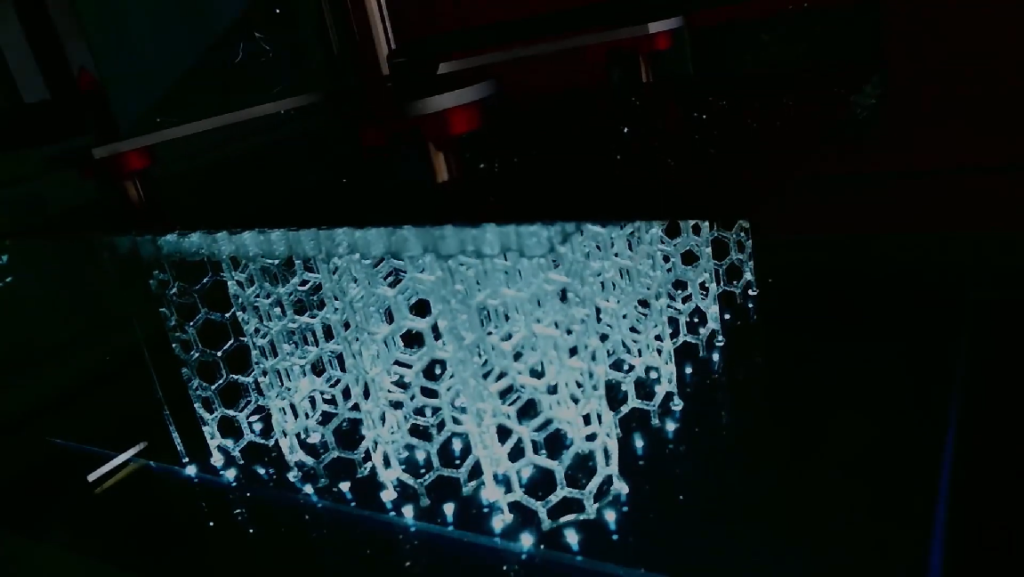As discussed in an October 2020 article, chemical giant DuPont (NYSE: DD) has become one of the initial customers for Azul 3D. Now, the Illinois-based manufacturer of large-scale 3D printers has officially delivered its flagship LAKE system to DuPont Electronics & Industrial.
The LAKE printer utilizes a proprietary style of continuous digital light processing (DLP) technology that the company refers to as high-area rapid printing (HARP). Key to the process is the circulation of a coolant beneath the resin which prevents the system from overheating. HARP makes it possible to produce very large objects very quickly, without sacrificing resolution. This means the ability to 3D print vertically at speeds of up to 18 inches per hour.
HARP also opens Azul machines up to materials not typically possible with DLP, part of the reason that DuPont is interested in the technology. For over a year, the chemical company has worked with Azul 3D to prepare the LAKE printer for onsite testing by the DuPont team. Azul also developed a custom resin for the company that make it possible to 3D print complex parts impossible with traditional production methods.
This specific division of the company, DuPont Electronics & Imaging, works in such areas as chip packaging and printing of circuit boards, as well as electronic and industrial finishing. HARP is meant to be applied for use in the electronic materials sector, though the exact applications have not been specified. We do know that DuPont recently acquired Rogers Corporation, which is working with Fortify to develop dielectric 3D printing materials. So, we can assume that the company is working with multiple technologies at an R&D level.
In this case, LAKE isn’t yet being used for mass production. The machine will be installed at the DuPont Experimental Station in Wilmington, Del., the company’s science and business development hub of over 115 years. For now, DuPont will be validating the technology and materials.
“The collaboration with DuPont has been incredibly productive. The shipment of a LAKE printer to DuPont further validates the industrial capabilities of Azul 3D’s technology and materials,” said Cody Petersen, CEO of Azul 3D. “This is just the start of our effort to fully transform mass production in the polymer manufacturing space.”
“Azul 3D’s LAKE printer is an impressive expansion to our capabilities at the DuPont Experimental Station,” said Vere Archibald, site leader, DuPont Experimental Station. “As we further collaborate and begin to explore commercial applications, we are already seeing how it can be a powerful tool for technology development aligned to our purpose of delivering essential innovations to thrive.”
We do know that LAKE is actually much smaller than the sizes that HARP is capable of (as shown in the video above). Once DuPont has thoroughly tested the process and resins, it could move onto mass production down the line. Given the fact that the chemical giant is an investor in Azul 3D, we can assume that this what is ultimately planned.
